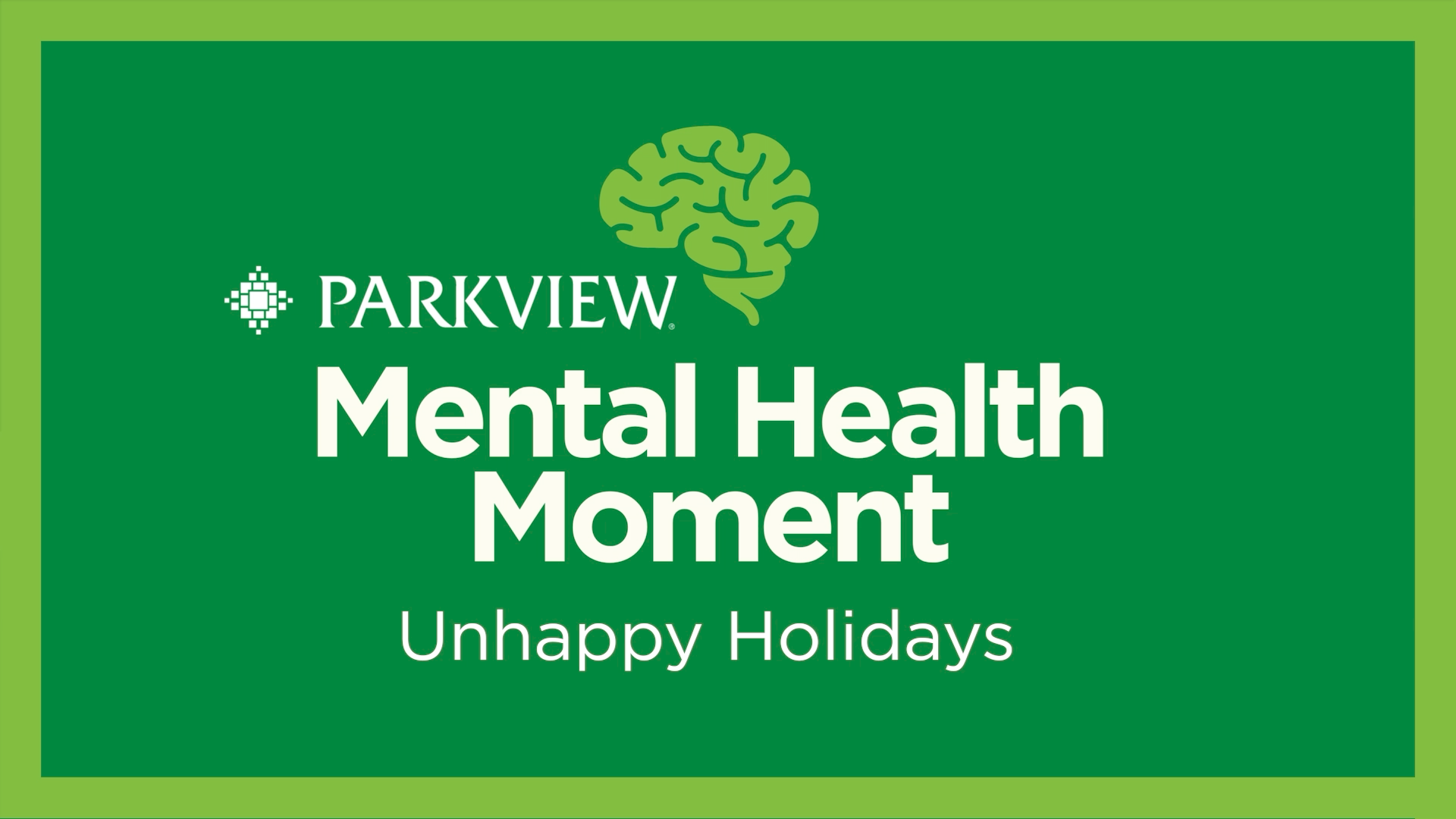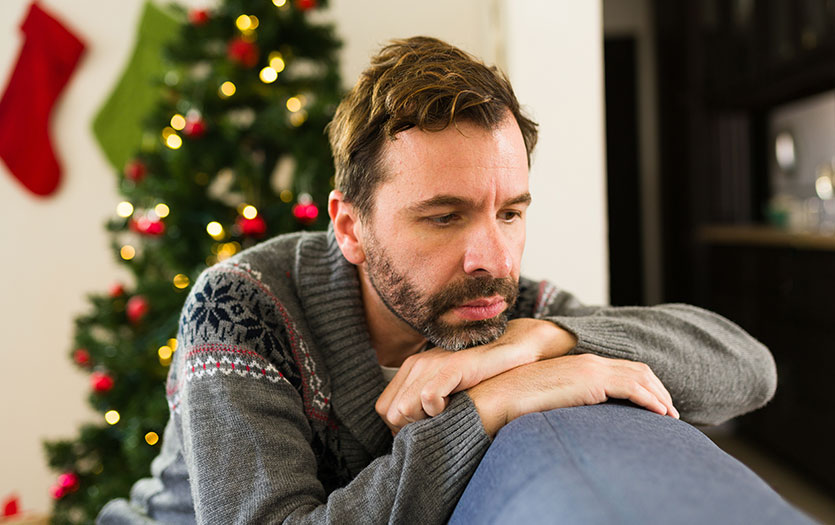
This post was written by Charity Smith, PhD, post-doctoral psychologist, Park Center, Parkview Behavioral Health Institute.
I recently heard the story of a woman who, after learning her son had been shot, raced to the hospital to be with him, only to be relegated to the parking lot, willing her phone to ring with updates from inside. Another story shared in recent weeks is that of a family who experienced the deaths of multiple members, none of whom they were able to be present with, in their last moments. As this crisis continues forward, we will continue to hear these stories, and too many of us will live them, firsthand. Death is almost always a complicated, complex event, and, in a time of COVID-19, the complexities seem to multiply.
For many experiencing the pain of death during the pandemic — be it due to the virus or other modes of death occurring at this time — the absence of loved ones begins well before the moment of death. Social distancing and safety protocols, while necessary, not only remove our opportunity to bear witness to and take part in tender moments and meaningful partings, they also shield us from the outward signs death is imminent. The absence of these signals and symbols can easily make a loved one’s death feel surreal or intangible, like it didn’t happen. Where we might expect to feel intense grief or sadness, we instead experience their absence with ambiguity.
While this is normal, it’s also exceptionally challenging. Ambiguous loss taps into our protective instinct; it takes hold in the part of us still clinging to the idea our loved one will walk through the door at any minute until we have proof otherwise. With funerary practices also having to modify due to COVID-19, this proof can be delayed. We’re left in a state of disbelief, mentally holding those who’ve died in suspended animation.
Embracing emotions
When we remove death from the public eye, it not only makes it challenging for us to grasp its reality, it also creates increased challenges to talking about death openly. The barrage of media surrounding COVID-19 can make death feel like another statistic, while also increasing the larger culture of fear surrounding the pandemic. For those who are grieving, it can feel as though talking about the deaths of loved ones will only further burden friends struggling with their own challenges and fears. To begin acknowledging death is not occurring in a vacuum, it’s important we share our stories openly and allow others to do the same.
Care-worn colloquialisms such as “I’m sorry for your loss” can further strip away death’s reality and frustrate those who are grieving. We didn’t “lose” our loved ones. In fact, we know right where they are, we just can’t get to them and that only adds to our frustration. By using words like “death” and “died” we give ourselves and others permission to face a challenging truth that, thanks to pandemic protocols, already feels one step removed.
Guilt, anger, sadness, frustration, despair — these are all part of the human experience and there is little more human than grief. Allowing ourselves the full breadth of our emotions, even those we fear will make others uncomfortable, allows us to begin fully processing our experience and placing death, however remote it may be, into the context of our lives. We can feel deeply grateful for the nurses, techs, and trained volunteers supporting our loved ones, while also feeling frustrated and angry that we’re not there. We’re allowed to feel jealous because, more than anything, we wish we were in their place, holding a hand we’ve known far longer, providing comfort that is ours to give.
When it’s our person that died, we don’t have to think every nurse is a saint and every doctor a miracle-worker; we’re allowed to be angry they couldn’t save our loved one. We’re allowed to be angry at the virus, the system trying to manage it, the survivors who are thriving, and even at the person who died and left us behind to make sense of it all. Underneath those frustrations, we may also hold feelings of guilt for not being able to be physically present, despite knowing our presence was not possible. We are allowed these emotions, and so many more, because we are human beings, making sense of the senseless, in any way we’re able.
Creating rituals and sharing our grief
In the absence of homegoings, wakes or sitting shiva with friends and family members at our sides, we can find new ways to connect with old traditions. Some of us may choose to read scripture reserved for funerary rites or those that give us comfort; we may gather friends and family through video conferencing to impart stories of our shared history, telling the story of how Uncle Donnie used to give the other team the answers during Trivial Pursuit or when Marcia wore a Goofy hat, complete with long ears, just to make us all laugh.
In sharing these stories, we provide ourselves with an important reminder: The moments we were able to be present far outshine the moments we were absent, including the moment of death. What’s important is that we honor our grief — sometimes alone, sometimes together— taking time to face the reality of death and setting aside that reality when we need a break from its weight. We are free to reach out to one another, cry together, lament, laugh, scream. There are no rules to how we grieve and no mandates that force our emotions to shelter-in-place. No matter how distant we feel from friends and family who have died, we don’t have to hold grief at a distance, from ourselves or one another.



